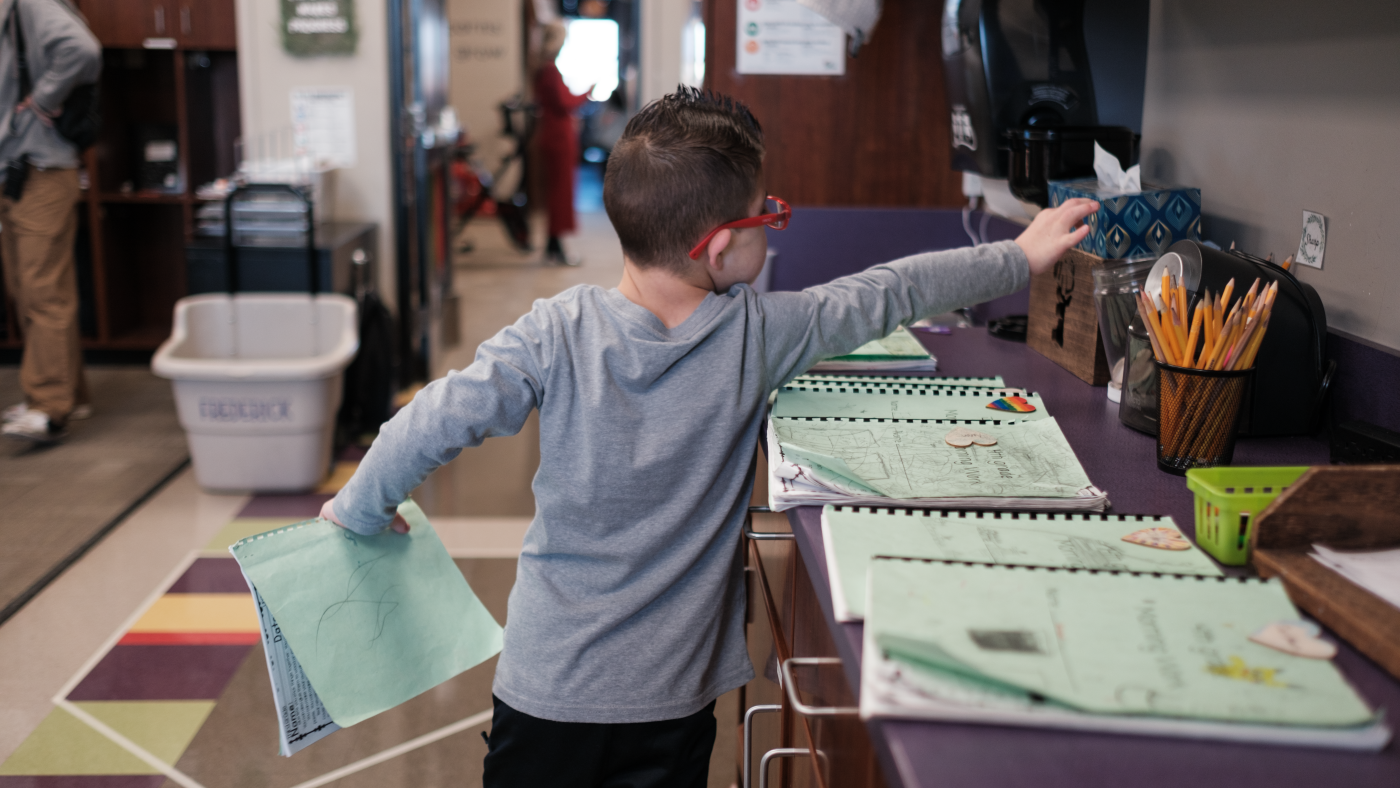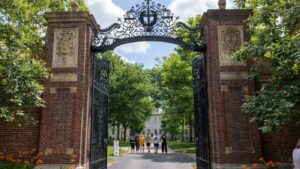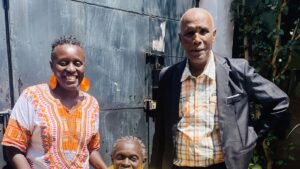Shifting Paradigms: Schools and Universities Adapt to Inclusive Education
In the heart of Edmond, Oklahoma, Kellen Hedler, a fourth-grader with Down syndrome, engages seamlessly with his peers at Frontier Elementary School, demonstrating the evolving landscape of inclusive education. As the trend of integrating students with disabilities into general classrooms gains momentum, schools and universities are rethinking their approaches to teacher training.
Kellen’s involvement in a general education setting, where he spends over 80% of his school day alongside non-disabled peers, highlights a broader shift. This level of inclusion requires meticulous planning by educators like Adam Frederick, Kellen’s homeroom teacher, who admits to initially feeling unprepared. “They have you differentiate lessons for assignments,” Frederick recalls from his college days, “And then, when you’re in it, you feel very underprepared. Because it’s a real situation, you’re dealing with real people. You don’t want to mess it up.”
Data from the National Center for Education Statistics shows that in 1989, less than a third of students with disabilities spent most of their school day in general education. By 2022, that figure had more than doubled, reflecting a significant trend in inclusive education.
Despite this increase, NPR’s report indicates that the top ten largest universities in the U.S. exhibit varying requirements for special education training in their teacher prep programs. Among these institutions, six mandate only one dedicated course in special education for future teachers, while the remaining four require more extensive training.
In response to these challenges, some universities are enhancing their curricula. For example, Texas A&M University and the University of Central Florida have integrated inclusive practices across their courses to address the needs of diverse learners. Moreover, dual-licensure programs, which prepare teachers for both general and special education classrooms, are becoming more prevalent at institutions like Wichita State University and The Ohio State University.
Innovative Teaching Approaches
At the University of Central Florida, the teacher preparation program has undergone substantial changes over the past seven years. Mary Little, a professor and program coordinator, emphasizes the importance of experiential learning. The special education course at UCF includes a classroom internship, enabling teacher candidates to apply theory in real-time settings.
According to Little, students face challenges such as determining appropriate accommodations for students with disabilities and navigating Individualized Education Programs (IEPs). To support these efforts, the program emphasizes Universal Design for Learning (UDL), a teaching approach that offers multiple methods of instruction to cater to diverse learning needs.
Andrea Borowczak, director of UCF’s School of Teacher Education, notes that UDL expands traditional teaching methods. “What might have, in the past, have been putting numbers up and having students look at those simple numbers, or giving students a worksheet and having them count off boxes or something has been expanded with UDL,” she explains. The goal is to make education accessible for all students, providing accommodations and specialized instruction without delay.
Unified Degree Programs: A Future Trend?
Jennifer Kurth of The University of Kansas leads the Department of Special Education, which recently launched a unified degree program for future teachers. This program, designed for both general and special education environments, requires additional special education courses compared to traditional degrees. Kurth advocates for a mindset shift, asserting that “all students are general education students.”
Although the unified program requires a greater commitment, Kurth sees it as a step toward producing more competent and confident educators. The program’s success may determine whether KU transitions to offering only unified degrees in the future.
Lisa Didion, assistant professor at KU, actively promotes the unified program. She encourages students to consider it, highlighting its potential to equip teachers with effective strategies for all learners. Benjamin Erickson, a junior in elementary education, is considering switching to the unified program, driven by his personal experience with disabilities and a desire to foster an inclusive classroom environment.






